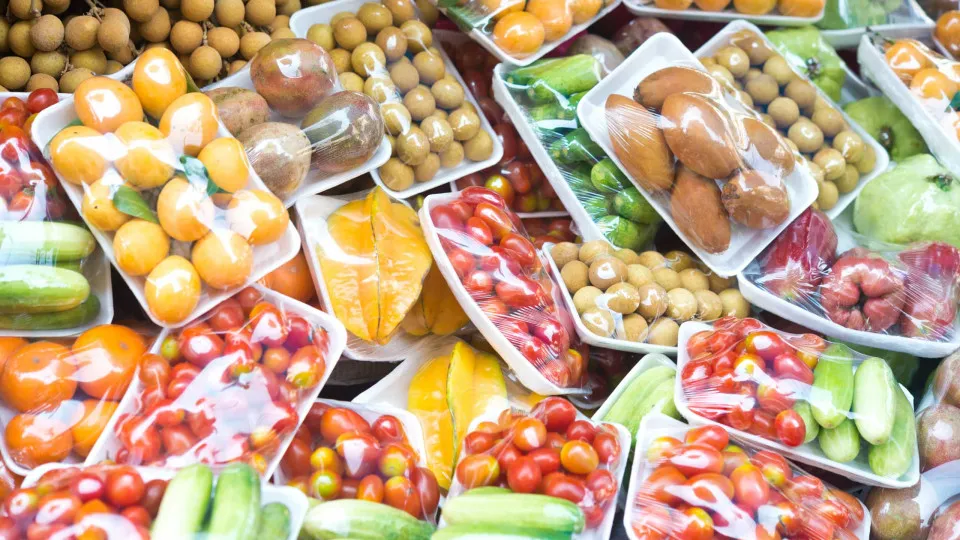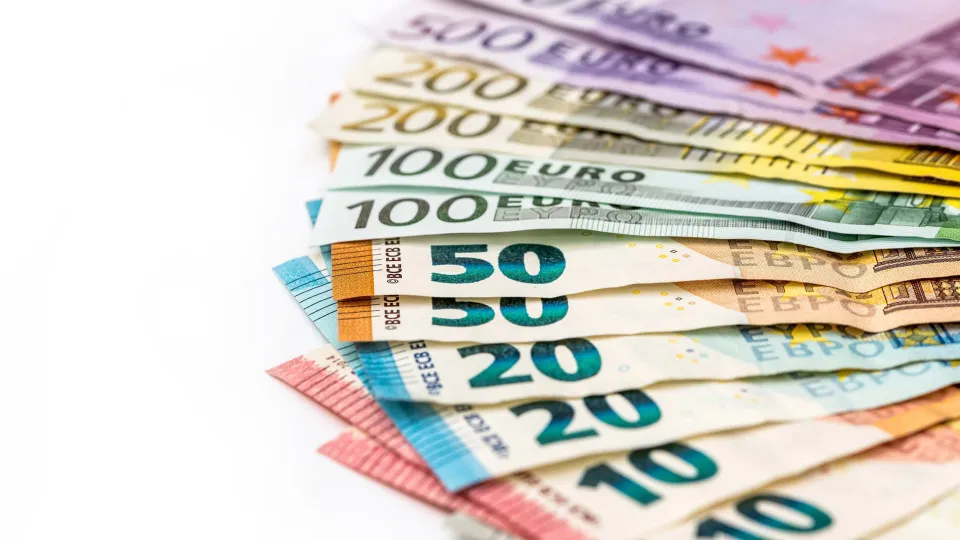
European plastic production is expected to see a modest stabilization of 0.4% in 2024, reaching 54.6 million tonnes, following a significant contraction of 7.6% in 2023. Despite this, Europe’s share of global production has continued to decline, dropping from 22% in 2006 to just 12% in 2024, as reported in the Plastics the FastFacts 2025 report.
Plastics Europe noted a sharp revenue drop in the industry, from 457 billion euros in 2022 to 398 billion euros in 2024, marking a 13% decrease.
This decline starkly contrasts with the industrial growth seen in other regions.
Global plastic production rose by 4.1% last year and has increased by 16.3% since 2018.
Asia now produces 57.2% of the world’s plastics, with China alone accounting for 34.5%—a figure three times that of the entire EU, according to the sectoral platform.
“While innovation and investments accelerate elsewhere, Europe faces a drop in turnover and a slowdown in production,” warned Benny Mermans, President of Plastics Europe.
The plastics industry highlights “exorbitant energy costs,” along with “environmental taxes and high prices of essential raw materials needed to produce plastic materials.”
Nonetheless, the EU’s negative trade balance in plastic polymers slightly improved, moving from -0.8 million tonnes in 2023 to -0.2 million tonnes in 2024, thanks to a 10% increase in exports.
“Shifting global tariff regimes continue to pose a significant threat, considering the United States is the main source of polymer imports to Europe, with 18.9% of the market, and the fourth largest export market for EU polymers, holding a 7.7% share,” added the European plastics lobby group.
Virginia Janssens, Director-General of Plastics Europe, stated that “plastics are and will continue to be an essential material supporting the resilience, innovation, and competitiveness of the European industry,” emphasizing that “maintaining sufficient local production will avoid excessive dependence and strengthen Europe’s security.”
“Alarm bells should ring in the European Commission and EU capitals. Our political leaders must decide if Europe wants to develop the world’s first circular plastics ecosystem or decarbonize through further deindustrialization,” she added.
Although circular plastics accounted for 15.4% of EU production in 2024, this figure is more related to the sharp fall in fossil-based plastic production, at 18.9%, rather than a significant rise in circular production, according to Plastics Europe.
In terms of volume, the EU’s total production of circular plastics remained stable at 8.4 million tonnes in 2024, with mechanical recycling increasing by only 2.7% to 7.7 million tonnes, chemical recycling stabilized at 0.11 million tonnes, and bio-based plastics fell by 25% to 0.6 million tonnes due to competition with subsidized biofuel raw materials.
On the other hand, global production of circular plastics increased to 43.9 million tonnes in 2024, surpassing 10% of total global production for the first time.
China alone produced 13.4 million tonnes of circular plastics in 2024, nearly doubling Europe’s volume.
In light of these developments, the association urges the European Commission and Member States to act “with urgency and determination” to prevent an irreversible decline of the sector, as “the window of opportunity to maintain production and innovation in Europe is closing rapidly,” warned Plastics Europe.




